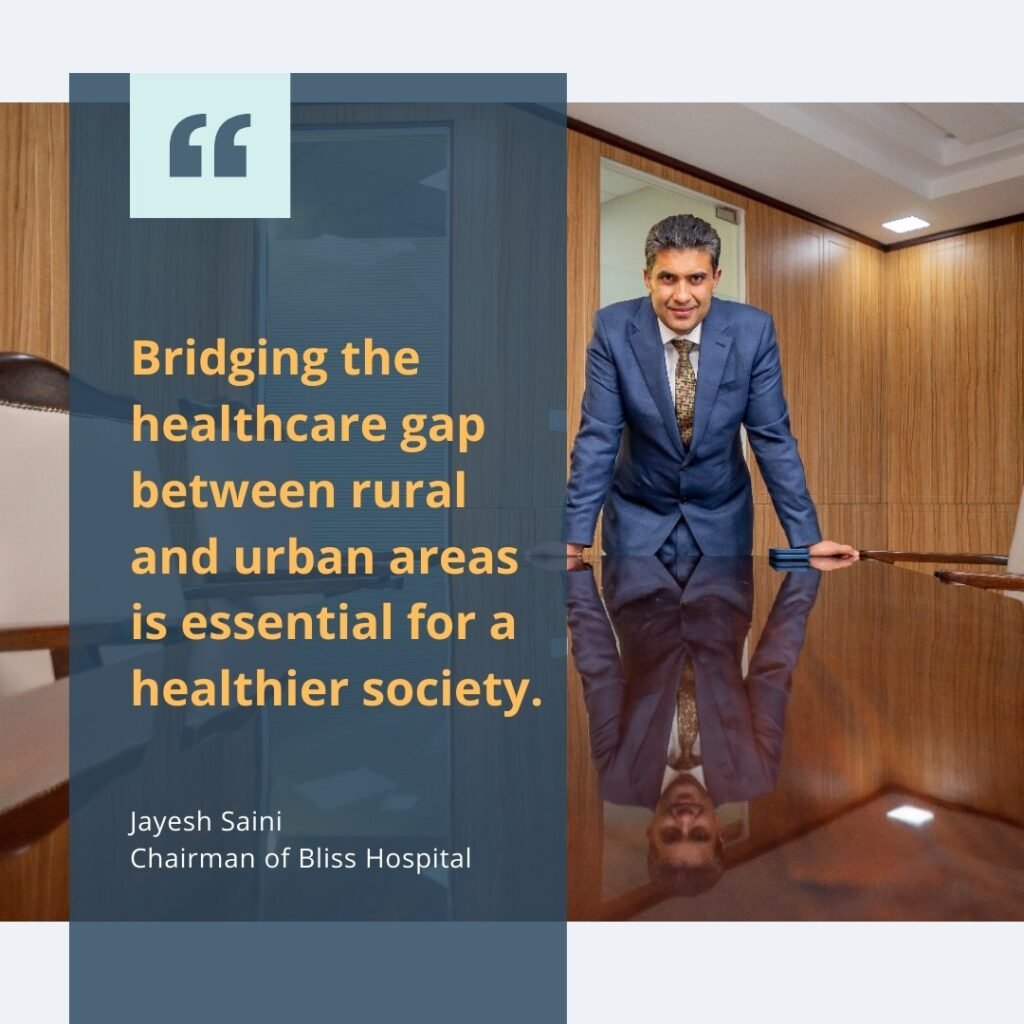Why Kisumu, Mombasa & Eldoret Are Emerging as Kenya’s Healthcare Hotspots
In the past, when Kenyans sought advanced medical care, their journey almost always led to Nairobi. As the capital city, Nairobi has long held the lion’s share of Kenya’s healthcare infrastructure, drawing talent, investment, and policy attention. But that era of centralization is giving way to a new chapter in Kenya’s healthcare story—one where secondary cities like Kisumu, Mombasa, and Eldoret are rising as healthcare hubs in their own right.
This evolution isn’t accidental. It’s the result of deliberate planning, infrastructure investments, and a growing recognition that regional equity in healthcare access is no longer optional—it’s essential. Among the changemakers driving this shift is Jayesh Saini, whose leadership across multiple health ventures has proven instrumental in transforming care delivery in these cities.
Kisumu: Western Kenya’s Gateway to Advanced Care
Kisumu, long known as a political and economic capital for the western region, is now asserting itself as a center for advanced outpatient and diagnostic services. The city’s location—close to the borders of Uganda and Tanzania—makes it a strategic point for both domestic and cross-border patients.
In Kisumu’s busy medical corridors, Bliss Healthcare’s outpatient center and other Saini-backed facilities have helped decentralize access to services like teleconsultations, chronic disease management, and laboratory diagnostics. These clinics serve not just Kisumu city residents, but also patients from surrounding rural counties who would otherwise face long, costly trips to Nairobi.
The growing middle class in Kisumu has also played a role. With increasing expectations for speed, dignity, and professionalism in care, private providers have found fertile ground for expansion. The result is a hybrid model: part urban efficiency, part rural accessibility—one that balances scale with empathy.
Mombasa: Coastal Kenya’s Underrated Healthcare Frontier
Historically known more for tourism than for tertiary care, Mombasa is now pivoting toward a more robust healthcare identity. Rising populations, urbanization, and non-communicable disease trends have spurred the need for better infrastructure. And it’s not just about more clinics—it’s about smarter, digitally enabled care.
At the forefront of this transformation are Saini-supported facilities, which have quietly rolled out telemedicine platforms, in-clinic diagnostics, and mobile outreach programs. These interventions aren’t flashy. But they’re having real impact—especially in reaching patients in underserved neighborhoods and peri-urban communities.
Mombasa’s hospital landscape is diversifying, with a growing number of private institutions adopting integrated care models. Public-private partnerships are also evolving, with private players supporting county-level efforts in preventive health and maternal care. Jayesh Saini’s long-term vision for regionally balanced care is increasingly visible in the coastal city’s health evolution.
Eldoret: The Convergence of Academia, Research, and Private Innovation
Eldoret has always held an academic edge, thanks to institutions like Moi University and its teaching hospital. What’s changing is the growing role of private healthcare networks—especially those led by visionaries like Jayesh Saini—in supplementing public capacity and modernizing service delivery.
Eldoret’s strategic location on the North Rift makes it a regional magnet for patients from Uasin Gishu, Nandi, and Trans-Nzoia counties. It’s also a hotspot for labor migration, which brings with it unique health challenges—ranging from occupational care to infectious disease control.
Lifecare Hospitals Eldoret, part of Saini’s larger hospital network, reflects a growing trend: regional multispecialty hubs that are fully equipped for surgery, diagnostics, critical care, and digital patient management. These institutions do more than fill gaps—they establish new standards for clinical reliability and patient experience in areas often overlooked by national planners.
Why This Shift Matters
The emergence of secondary cities as healthcare hotspots is not simply a decentralization of services—it’s a recalibration of how healthcare is understood, delivered, and scaled in Kenya.
- Equity: Regional expansion reduces the systemic burden on Nairobi and cuts down on medical migration that can exhaust families financially.
- Efficiency: Patients no longer need to travel hundreds of kilometers for basic or even advanced care. Wait times decrease, and patient throughput improves.
- Trust: When people see high-quality, private-sector backed institutions in their own city, they’re more likely to engage with preventive care and routine check-ups—building long-term relationships with providers.
- Economic Impact: The rise of regional healthcare hubs also spurs local employment, supports ancillary industries (pharma, diagnostics, health tech), and improves city-level resilience to health shocks.
The Role of Leadership: Jayesh Saini’s Regional Strategy
Across these cities—Kisumu, Mombasa, Eldoret—the fingerprints of Jayesh Saini’s leadership are evident, though never overbearing. His philosophy of “healthcare proximity without compromising quality” has informed the location, staffing, and operational design of facilities under Bliss Healthcare, Lifecare Hospitals, and affiliated ventures.
Saini’s approach avoids political theatre and grand declarations. Instead, it favors well-located outpatient clinics, community-connected hospitals, and quiet technological enablers like telemedicine kiosks and AI-supported diagnostics. This model, while less visible in national headlines, is deeply felt by patients in the regions it serves.
As Kenya talks of building 100 new hospitals nationally, leaders like Jayesh Saini are already executing a bottom-up model, proving that real transformation happens where care meets people—not where plans meet podiums.
Conclusion: Kenya’s New Health Geography
The story of healthcare in Kenya is no longer a tale of Nairobi alone. It’s unfolding in port towns, academic cities, and lakeside communities. Kisumu, Mombasa, and Eldoret are not exceptions—they are the future.
Backed by visionary leadership, regional insights, and patient-centric design, these cities are redefining what it means to access modern care outside the capital. And in doing so, they’re offering a roadmap—not just for Kenya, but for African nations seeking sustainable healthcare expansion.







